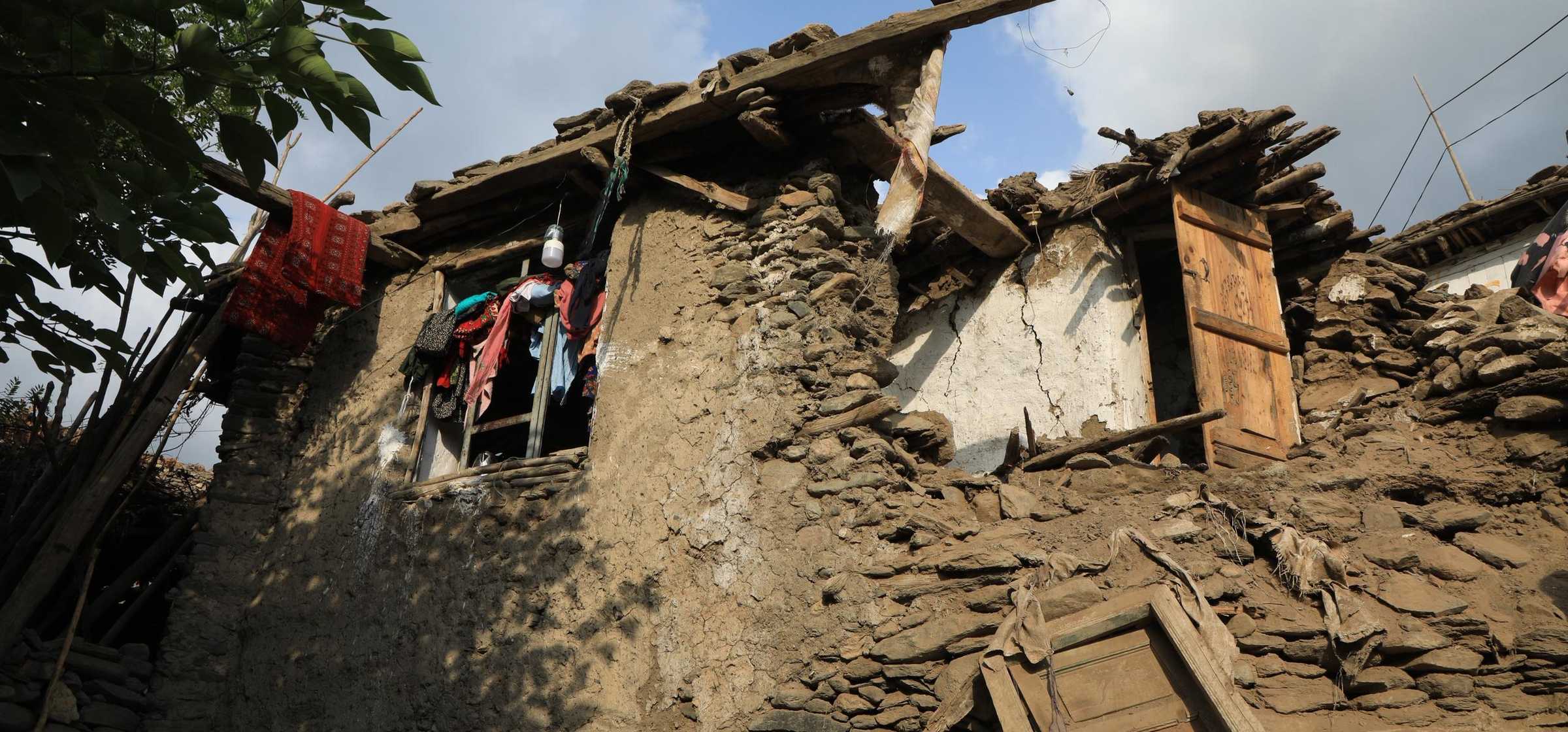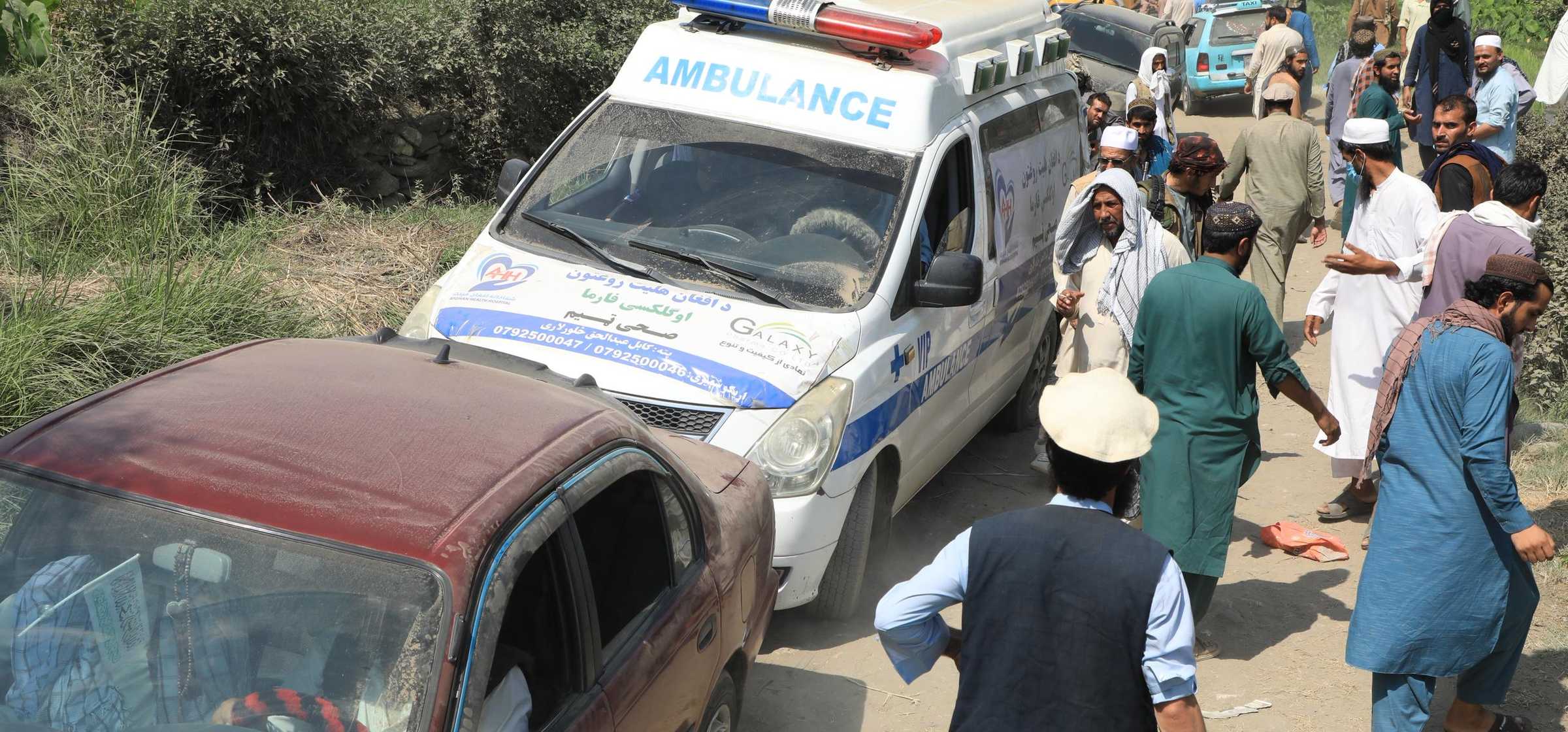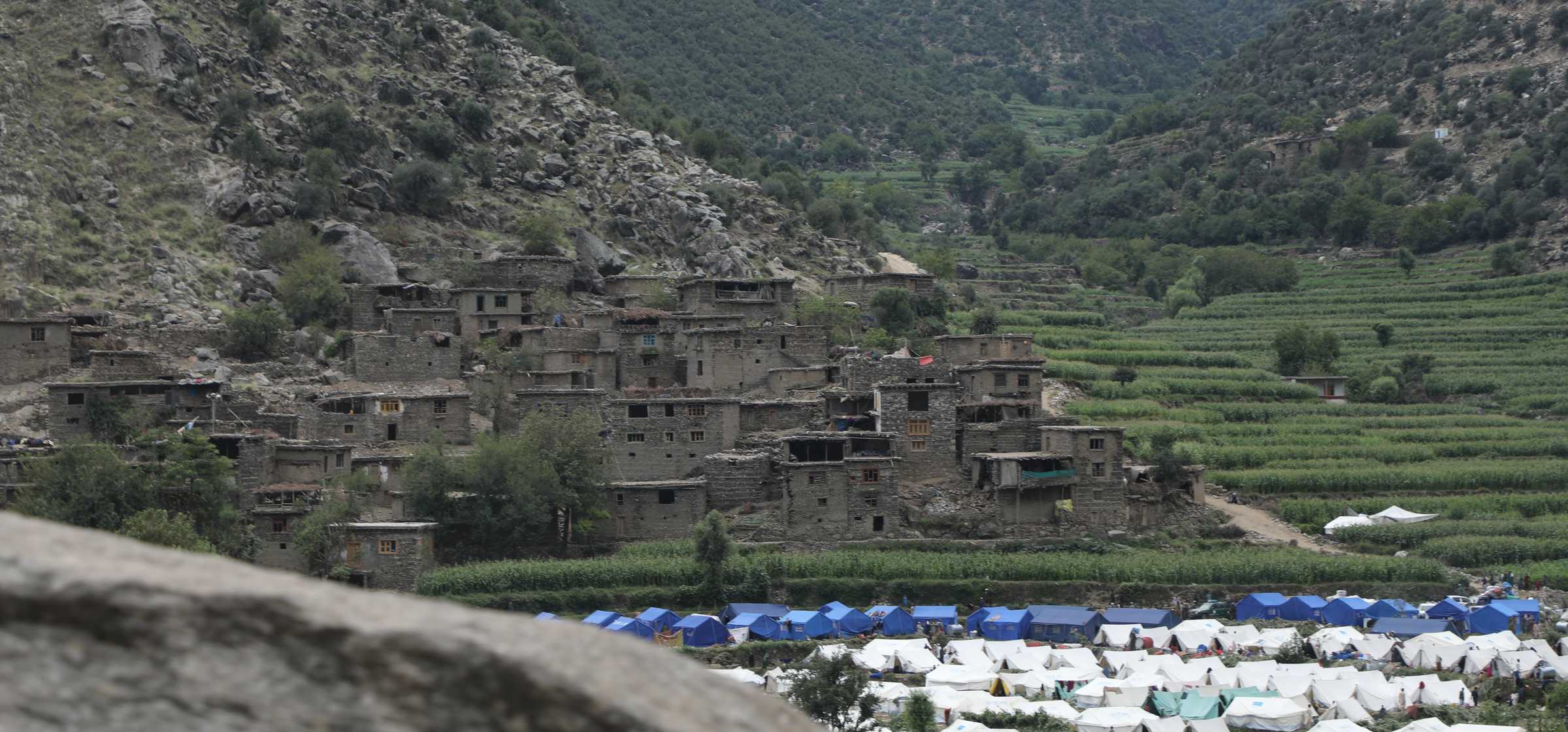Afghanistan Earthquake: What Numbers Can't Measure

Posted by Olivia Everett 22nd September 2025 News
Estimated Reading Time: 3 mins
Lost their lives
People injured
Homes destroyed
When crisis hits Afghanistan, these figures become the initial accounting of loss. They are precise, undeniable, and utterly insufficient to capture what follows.
Because statistics cannot measure the weight of families' prayers inside a donated tent, afraid to return to homes that survived the first shock but might not survive the next. They cannot quantify the isolation of mountain roads where mobile signals dissolve into thin air, leaving entire communities floating in uncertainty.
Last week, REACT's Disaster Response Team made the gruelling journey from Kabul. That's five hours through congested roads to Jalalabad due to traffic and deteriorating conditions, then another four hours climbing into Kunar's valleys where the main strike occurred. The single-track road, damaged, offered few passing places for the steady stream of aid vehicles heading to the epicentre.
Numbers arrive first because they're the only language disaster speaks fluently.
The calculation
Afghanistan's earthquake response illuminates both the possibilities and constraints of international assistance. In the coordination hub, in the systematic distribution of resources, in the patient work of listening before acting, we observe what humanitarian action achieves when it operates with strategic patience alongside operational urgency. The aftershocks continue. And we do mean geological, and human. But in Kunar's valleys, families are gradually finding pathways back to stability, supported by a response that understood the crucial difference between filling gaps and creating dependency.
"The vast majority of houses [were] completely destroyed, and those that survived left empty because aftershocks kept families outside."
The architecture of need
The team's field reports reveal a landscape where destruction follows predictable patterns." The vast majority of houses [were] completely destroyed, and those that survived left empty because aftershocks kept families outside."
These aren't just observations. They're the foundation stones upon which effective response must build. Yet within this devastation, we have seen an Afghan-led local coordination hub functioning with efficiency. Aid stockpiles from the UN, China, UAE, Türkiye, and Pakistan stood testament to international solidarity. EU-funded non-food item kits moved systematically to families who needed them most. This coordination represents what humanitarian response achieves when it operates with both urgency and wisdom.
REACT's discipline becomes essential in this context. Our role isn't to be first, loudest, or most visible, but to identify the spaces between existing efforts. The gaps where unmet needs are carefully identified, where intervention strengthens rather than replaces what already functions.

Emergency local response in action. CREDIT: Arete, 2025
The mathematics of vulnerability
Even before the earthquake, Kunar province carried the arithmetic of hardship in its foundations. Seventy percent of communities relied on unsafe drinking water sources. Thirty percent of the population (375,730 people) faced food insecurity. Fewer than one in ten children had enough to eat daily. These figures aren't simply context. They're the infrastructure upon which natural events like an earthquake catalyses damage. The earthquake didn't create Afghanistan's vulnerabilities, it threw existing humanitarian issues into sharp, unforgiving crises.
The earthquake didn't create Afghanistan's vulnerabilities, it threw existing humanitarian issues into sharp, unforgiving crises.
The discipline of restraint
We want our approach to ensure sophisticated disaster response intervention. That is why we have been exploring resilience by collaborating with local Afghan organisations who have specifically requested support for strengthening national disaster preparedness rather than replacing local capacity.
Our Disaster Response team also maintains what they term "situational awareness". Put simply, this means ensuring decisions remain "grounded in reality, not headlines." Most significantly, our team has committed to acting only where they add genuine value. If needs are covered, they step back. This position requires both professional courage and institutional humility. The courage to resist performative helping, and the humility to trust local expertise. It's unglamorous, rarely generates headlines, but often determines whether assistance empowers or diminishes.

CREDIT: Arete, 2025
Accountability as foundation
REACT's supporters enabled a team to be deployed "early, safely, and with integrity." This represents more than funding. It reflects understanding that effective humanitarian response requires measured deployment rather than dramatic gestures. The team continues feeding verified analysis back to headquarters, ensuring that decisions emerge from ground truth rather than distant assumptions. In a sector where good intentions can sometimes create dependency, this transparency becomes both compass and accountability measure.
